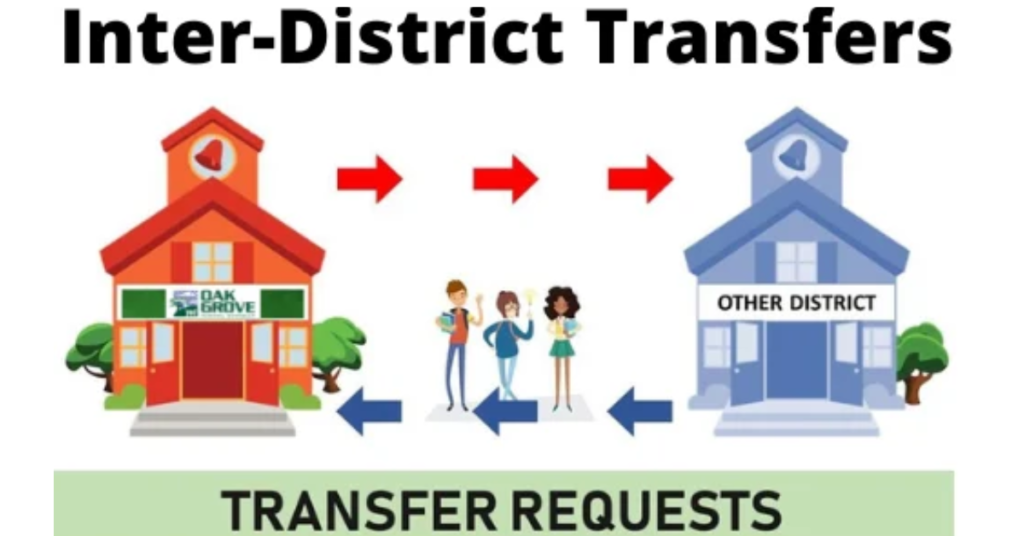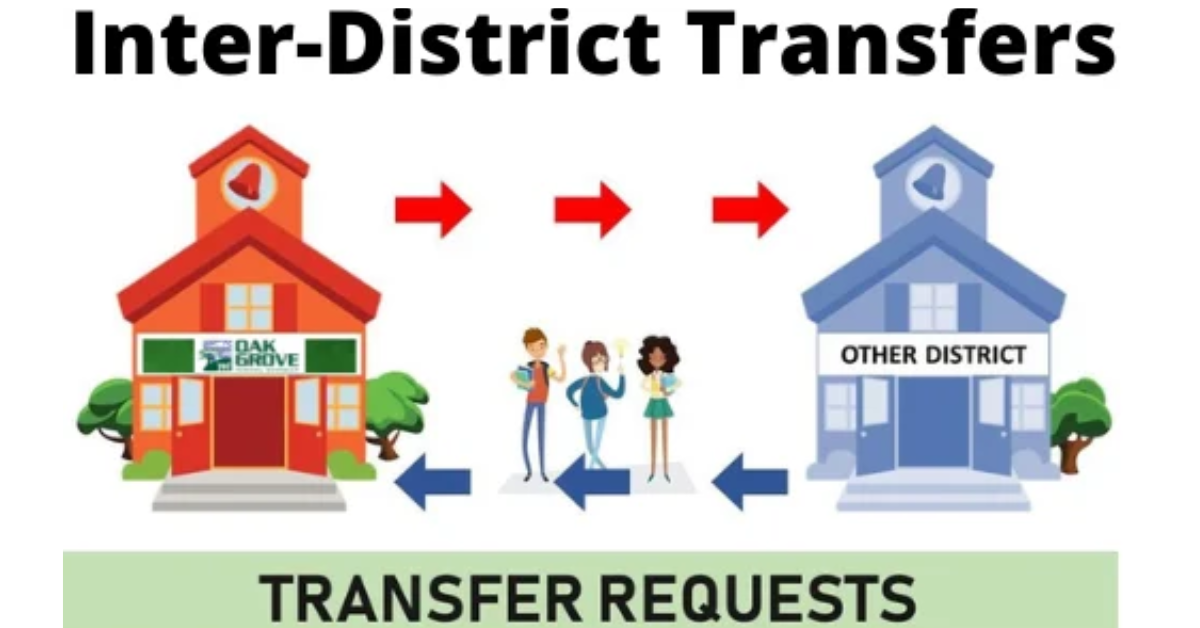The journey of pursuing higher education often involves navigating various pathways, including transferring from one college or university to another. While this transition can lead to enriching academic experiences and personal growth, it also poses financial challenges that many transfer students must confront. Scholarships designed for transfer students can provide essential financial support, alleviating some of the burdens associated with tuition and living expenses. This article explores the types of scholarships available, eligibility criteria, effective application strategies, and tips for successfully securing financial aid.

Understanding the Financial Landscape for Transfer Students
Transfer students frequently encounter distinct financial hurdles that can complicate their educational experiences. Recognizing these challenges emphasizes the importance of dedicated scholarship programs:
- Pre-existing Financial Commitments: Many transfer students have already invested considerable funds in their prior institutions. This existing financial obligation can limit their ability to fund future educational pursuits.
- Variation in Tuition and Fees: Different colleges and universities have varying tuition rates and associated costs, which can place an unexpected strain on transfer students’ budgets.
- Diverse Educational Backgrounds: Transfer students come from a wide array of educational paths, including adult learners, military veterans, and individuals who may have had non-traditional experiences. Their unique circumstances necessitate targeted support through scholarships.
Types of Scholarships Available for Transfer Students
Numerous scholarships cater specifically to transfer students, providing financial resources to help them succeed. Here are some notable categories to consider:
1. Institutional Scholarships
Many colleges and universities offer scholarships specifically for transfer students. These institutional scholarships can differ significantly in terms of award amounts and eligibility requirements.
- Examples:
- University Transfer Scholarships: Many universities provide scholarships aimed at students transferring from community colleges or other institutions, often based on academic merit or financial need.
- State-Specific Programs: Some state universities offer scholarships tailored for residents transferring from in-state community colleges.
2. Community College Scholarships
Community colleges frequently have scholarship programs designed to assist students who plan to transfer to four-year institutions. These scholarships often recognize academic achievement, leadership, or community service involvement.
- Examples:
- Phi Theta Kappa Scholarships: This honor society awards scholarships to members who excel in their academic pursuits at community colleges.
- Local Community Grants: Many local foundations offer financial assistance for students transferring to four-year universities, often prioritizing community service.
3. Private and Non-Profit Scholarships
Numerous private organizations and non-profit entities provide scholarships to support transfer students, often focusing on specific areas of study or demographic groups.
- Examples:
- Jack Kent Cooke Foundation Scholarships: These prestigious awards are available to high-achieving community college students transitioning to four-year institutions.
- Dell Scholars Program: Aimed at students who have faced significant life challenges, this program supports transfer students based on financial need and personal achievement.
4. Specialized Scholarships
Certain scholarships are designed for specific groups of transfer students, targeting fields of study, demographic backgrounds, or personal interests.
- Examples:
- STEM Scholarships: Numerous organizations offer funding specifically for transfer students pursuing degrees in science, technology, engineering, and mathematics.
- Diversity Scholarships: Programs like the United Negro College Fund (UNCF) provide scholarships to underrepresented minorities, including transfer students.
Eligibility Criteria for Scholarships
Eligibility for scholarships can vary widely, but many share common requirements. Here are some key factors that potential applicants should consider:
- Academic Standards: Most scholarships require a minimum GPA, often ranging from 2.5 to 3.0, demonstrating academic success.
- Transfer Status: Applicants must typically be currently enrolled in or planning to enroll in a four-year institution after completing a two-year program.
- Field of Study: Some scholarships are restricted to students pursuing specific majors or career paths.
- Demonstrated Financial Need: Many scholarships require proof of financial need, usually through the Free Application for Federal Student Aid (FAFSA).
- Extracurricular Engagement: Some scholarships consider involvement in community service, leadership roles, or other extracurricular activities during the selection process.
Finding Scholarships for Transfer Students
Finding the right scholarships can be overwhelming. Here are effective strategies to help you discover financial aid opportunities:
1. Utilize University Financial Aid Offices
Reach out to the financial aid office at the institution you plan to transfer to. They can provide valuable insights about scholarships specifically for transfer students and guide you through the application process.
2. Explore Online Scholarship Platforms
Take advantage of online scholarship databases such as Fastweb, Cappex, and Niche to search for opportunities tailored to transfer students. These platforms allow users to filter scholarships based on specific criteria.
3. Investigate Community Organizations
Research local community organizations, professional associations, and industry groups that may offer scholarships for transfer students. Many of these organizations aim to support educational advancement.
4. Network with Peers and Mentors
Connect with peers, academic advisors, and faculty members who may have information about available scholarships. Networking can often reveal opportunities that are not widely advertised.
Application Strategies for Scholarships
Once you’ve identified potential scholarships, preparing strong applications is key. Here are strategies to enhance your chances of success:
1. Begin the Process Early
Start your scholarship search and application process as early as possible. Early preparation allows time to gather necessary documents, write thoughtful essays, and meet deadlines.
2. Customize Your Applications
Tailor each application to reflect your achievements and experiences that align with the scholarship’s objectives. A personalized approach can significantly increase your chances of success.
3. Write a Compelling Personal Statement
Your personal statement is a vital part of your application. Use this opportunity to share your story, explain your reasons for transferring, and articulate your future aspirations.
4. Secure Strong Letters of Recommendation
Request letters of recommendation from professors or employers who can attest to your qualifications and potential. Ensure they understand the scholarship’s focus to provide more impactful letters.
5. Maintain Organizational Skills
Keep a detailed calendar of scholarship deadlines and required materials. Staying organized can help prevent last-minute scrambles and ensure timely submissions.
Conclusion
Scholarships for transfer students play a crucial role in reducing the financial barriers associated with higher education. By exploring the various types of scholarships available, understanding eligibility requirements, and employing effective application strategies, transfer students can access valuable financial resources to support their academic journeys. With diligence and proactive research, transfer students can unlock essential funding that enables them to achieve their educational and career goals.
